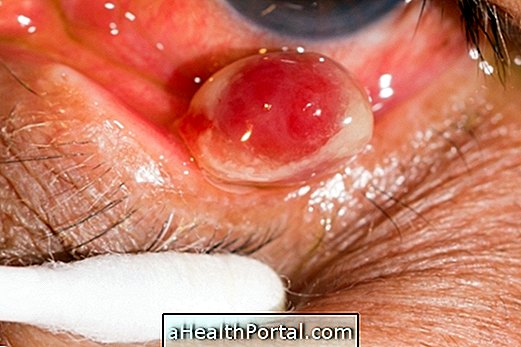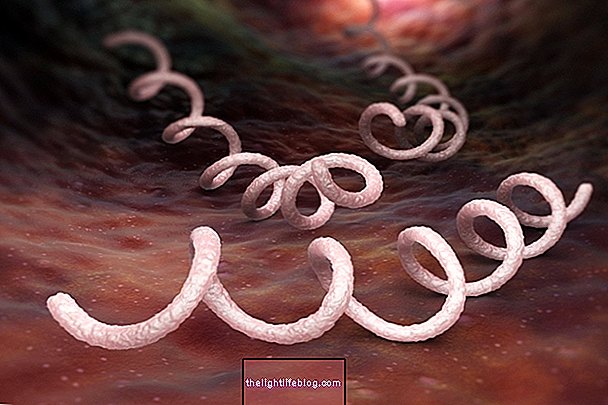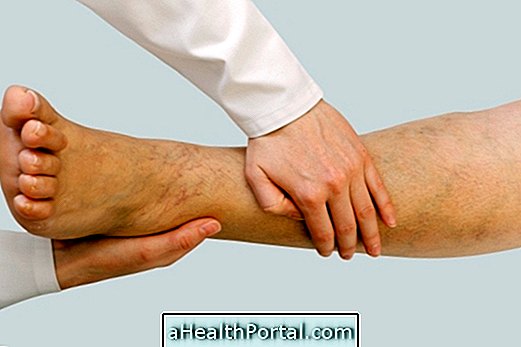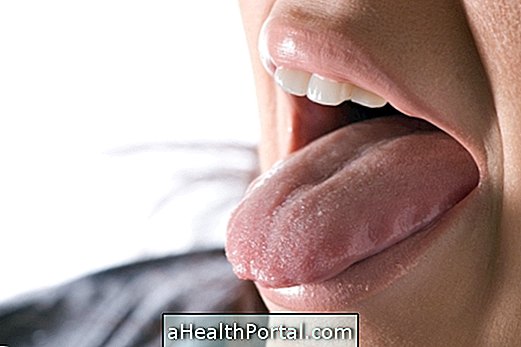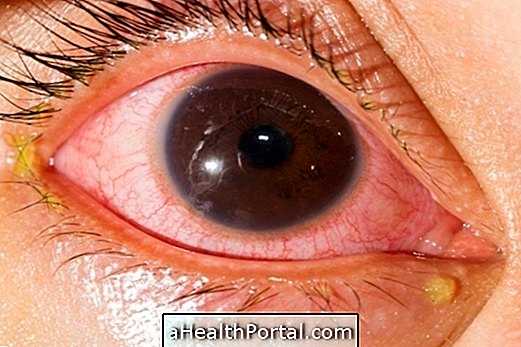Common urine changes are related to different urine components, such as color, smell and presence of substances, such as proteins, glucose, hemoglobin, or leukocytes, for example.
Usually, urine changes are identified in the urine urine test result, but can also be noticed at home, especially when they cause changes in color and smell, or cause symptoms such as painful urination and excessive urination.
In any case, whenever urine changes occur it is recommended to increase water intake during the day or consult a urologist if symptoms persist for more than 24 hours.
Urine changes identified at home
1. Color of urine
Changes in the color of urine are usually caused by the amount of water ingested, that is, when you drink more water during the day, the urine is lighter, and when you drink a little water the urine is darker. In addition, some medicines, contrast and food tests can also change the color of the urine, making it look pink, red or green for example. Learn more at: What can change the color of urine.
What to do: It is recommended to increase your daily water intake to at least 1.5 liters and consult a urologist if the color of the urine does not return to normal after 24 hours.
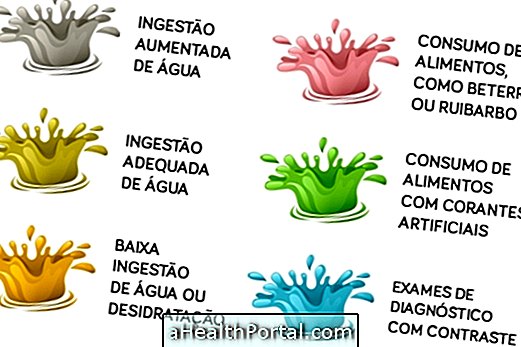
2. Smell of urine
Changes in the smell of urine are very common when there is a urinary tract infection, causing a foul smell when urinating, as well as burning or frequent urination. However, patients with diabetes may have normal changes in the smell of urine due to excess urine sugar. See other causes for strong-smelling urine in Learn What Urine Smells Strong.
What to do: It is important to consult a general practitioner or a urologist to do a uroculture and to identify if there are bacteria in the urine that may be causing a urinary tract infection. See how treatment is done in: Treatment for urinary tract infection.
3. Amount of urine
Changes in the amount of urine are usually related to water intake, so when the amount is less, it means that you are drinking less water during the day, for example. However, changes in the amount of urine can also indicate health problems like diabetes, kidney failure or anemia.
What to do: You should increase water consumption if the amount of urine has decreased, but if the problem persists, you should consult a urologist or nephrologist to diagnose the problem and initiate appropriate treatment.
Urine test changes
1. Proteins in urine
The presence of proteins is one of the major changes in the urine in pregnancy due to the increased work of the kidneys, but in other situations, it can be a sign of kidney problems, such as kidney failure or infection, for example.
What to do: You should see a urologist for other tests, such as a blood test, uroculture, or ultrasound, to diagnose what is causing the protein to appear in the urine and to start the appropriate treatment.
2. Glucose in urine
Generally, the presence of glucose in the urine happens when blood sugar levels are very high, such as during a diabetes crisis or after eating too many sweets, for example. But it can also happen when there is a kidney problem.
What to do: It is important to consult your GP to check your blood sugar levels, as it may be a sign of diabetes if it has not yet been diagnosed.
3. Hemoglobin in urine
The presence of hemoglobin in the urine, also known as blood in the urine, usually happens due to kidney or urinary tract problems like urinary tract infection or kidney stone. In these cases, it is also frequent the appearance of pain and burning when urinating. See other causes for: Urine with blood.
What to do: You should consult a urologist to identify the cause of blood in the urine and start the appropriate treatment.
4. Leukocytes in the urine
The existence of leukocytes in the urine is a sign of urinary infection, even if the patient does not present any symptoms, such as fever or pain when urinating.
What to do: You should consult your urologist to start treatment of urinary tract infection with antibiotics such as Amoxicillin or Ciprofloxacin, for example.
When to go to the doctor
It is recommended to consult a urologist when:
- Changes in the color and smell of urine last more than 24 hours;
- Changes in the routine urine test appear;
- Other symptoms appear such as fever above 38ºC, intense pain when urinating or vomiting;
- There is difficulty urinating or urinary incontinence.
To identify the cause of urine abnormalities the doctor may ask for diagnostic tests, such as ultrasonography, CT scan or cystoscopy.
See also: What can cause urine with foam.






